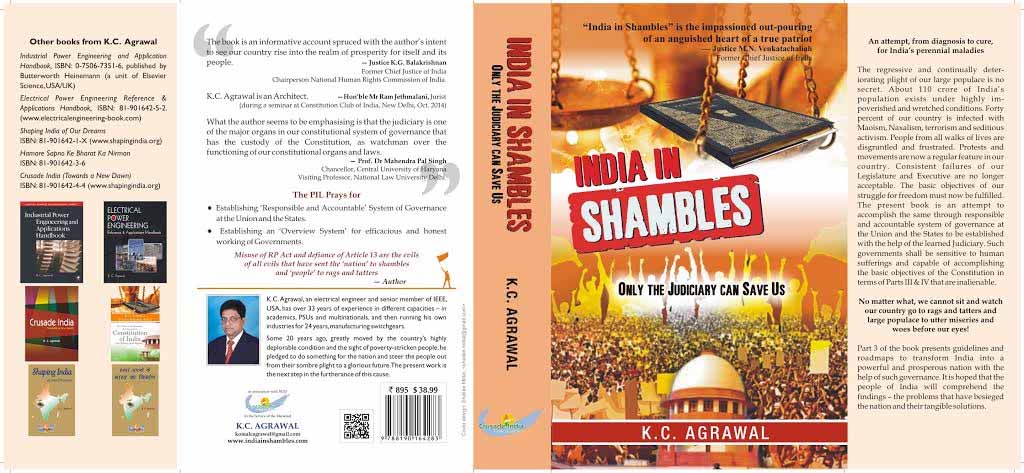Book at a Glance
PART I - Electric Motors, Drives and Energy Saving
Chapter 5. Starting and Control of Slip-Ring Induction Motors
• Important features of a slip-ring motor
• Starting of slip-ring motors
• Hypothetical procedure to calculate the rotor resistance
• Speed control of slip-ring motors
• Moving electrode electrolyte starters and controllers.
Important features of a slip-ring motor
These motors are switched through their rotor circuit by inserting suitable resistances and then removing themgradually. In view of their varying characteristics through their rotor circuit, they can provide the following features:
1. The external resistance adds up to the total impedance of the motor windings and limits the starting current.It also improves the starting power factor.
2. Since the performance of an induction motor can be varied by altering the rotor parameters, a slip-ring motor, through its rotor circuit, can be made to suit any specific torque and speed requirement.
3. The speed of a slip-ring motor can be varied through an external resistance. Therefore the torque can be maintained at any value up to the pull-out torque in the entire speed range by suitably varying the external resistance. (See circle diagram in Figure 1.16 and Section 1.10.2). At lower speeds, however, the efficiency of the motor will be poor, as the output is proportional to the speed. The efficiency would be roughly in the ratio of the two speeds.
• Starting of slip-ring motors
• Hypothetical procedure to calculate the rotor resistance
• Speed control of slip-ring motors
• Moving electrode electrolyte starters and controllers.
Important features of a slip-ring motor
These motors are switched through their rotor circuit by inserting suitable resistances and then removing themgradually. In view of their varying characteristics through their rotor circuit, they can provide the following features:
1. The external resistance adds up to the total impedance of the motor windings and limits the starting current.It also improves the starting power factor.
2. Since the performance of an induction motor can be varied by altering the rotor parameters, a slip-ring motor, through its rotor circuit, can be made to suit any specific torque and speed requirement.
3. The speed of a slip-ring motor can be varied through an external resistance. Therefore the torque can be maintained at any value up to the pull-out torque in the entire speed range by suitably varying the external resistance. (See circle diagram in Figure 1.16 and Section 1.10.2). At lower speeds, however, the efficiency of the motor will be poor, as the output is proportional to the speed. The efficiency would be roughly in the ratio of the two speeds.


